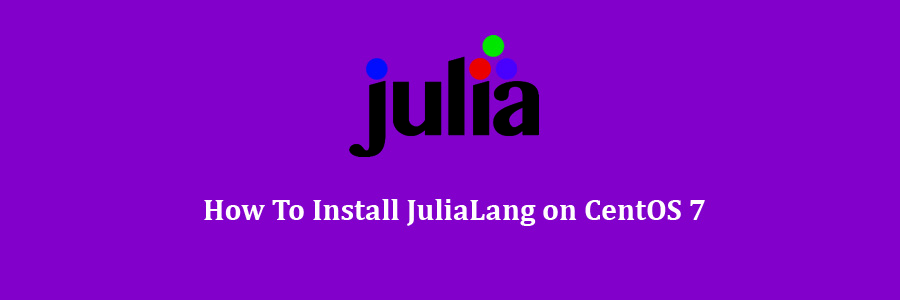Julia, commonly called JuliaLang, is a programming language for numerical computing. Julia is as fast as C but it doesn’t forfeit the readability. Therefore, we can decrease the running time of our programs in addition to the evolution time.
Table of Contents
Step 1. First let’s start by ensuring your system is up-to-date.
Step 2. Installing Required Packages.
Step 3. Installing JuliaLang.
Prerequisites
This article assumes you have at least basic knowledge of Linux, know how to use the shell, and most importantly, you host your site on your own VPS. The installation is quite simple and assumes you are running in the root accge of Linount, if not you may need to add ‘sudo’ to the commands to get root privileges. I will show you through the step by step installation the JuliaLang on a CentOS 7 server.
Install JuliaLang on CentOS 7
Step 1. First let’s start by ensuring your system is up-to-date.
yum clean all yum -y install epel-release yum -y update
Step 2. Installing Required Packages.
Install necessary packages:
yum-config-manager --add-repo https://copr.fedorainfracloud.org/coprs/nalimilan/julia/repo/epel-7/nalimilan-julia-epel-7.repo
Step 3. Installing JuliaLang.
Install Julia using following command:
yum install julia
New versions are built every night. If you have already installed julia and you want to upgrade to the latest version, do:
yum upgrade julia
Verify JuliaLang:
Type ./julia –version in the command prompt and the output should look like this:
julia version 0.6.0
Congratulation’s! You have successfully installed JuliaLang. Thanks for using this tutorial for installing JuliaLang on CentOS 7 systems. For additional help or useful information, we recommend you to check the official JuliaLang web site.
